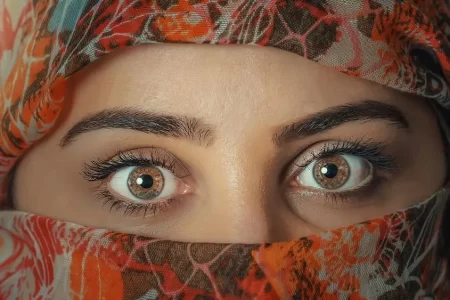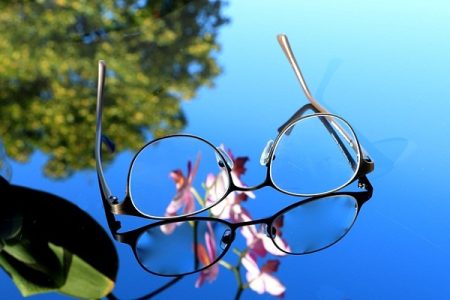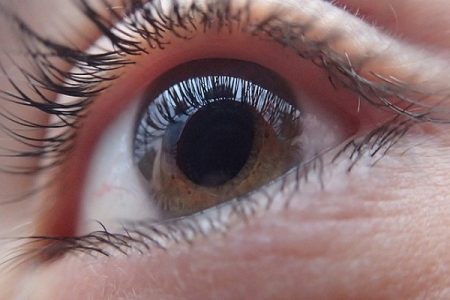Can Macular Degeneration Be Reversed?
- Updated on: Jul 10, 2024
- 3 min Read
- Published on Sep 26, 2019


Reversing macular degeneration
The condition, Macular Degeneration, has 3 stages. During the early stage, a minimum of 20% of all the patients only develop an active neurovascular form. This stage changes to atrophic macular degeneration and later to neovascular macular degeneration which means it worsens slowly and gradually.
An estimate portraits that an approximate of 25% of 70 individuals suffer through Macular Degeneration and 1 in every 10 individuals is a severe patient of macular degeneration.
Presently, intra-vitrial injections of an anti-inflammatory steroid combined with distilled water and laser-based therapies can help to reverse the condition of macular degeneration.
There are three forms of macular degeneration identified as: “dry”, “wet” and “ped” (pigment epithelial detachment).
Dry macular degeneration
The “dry” form is the most common of all forms occurring in 85-90% of patients of macular degeneration. It is one of the two main types of macular degeneration and slowly leads to neovascular (wet) macular degeneration.
The degeneration affects the macula which over the years breakdown and tiny drusens (piles of wastes products of the cells in the eye) appear on the retina. These drusens cause the loss of vision and atrophy of the retina.
The dry macular degeneration is known to be non-neovascular degeneration as it is non-exuding i.e. no leakage of blood vessels happens.
More: Anti-Vascular Endothelial Growth Factor Therapy (Anti VEGF Therapy) for Eye Disorders and Cancers
Wet macular degeneration
The wet form is most severe but only occurs in 10% of the total patients. Here, new blood vessels start developing behind the retina and starts leaking as a fluid and blood causing a scar tissue to form and blocking the vision.
Ways to reverse wet macular degeneration
The wet macular degeneration can be reversed through anti-VEGF injections, although, age is one major factor in the cure of the disease. The condition has no permanent and absolute cure, but the latest treatments by drugs being injected into the eye can slow down or even reverse the degeneration and prevent the leakage of blood vessels in the eye.
Another treatment method is laser treatment i.e. laser photocoagulation, photodynamic therapy, etc. These are not common treatment options and can benefit only 15% of the total population suffering with the disease.
Pigment epithelial detachment
A retinal pigment epithelial detachment (PED) is formed by the separation of the retinal pigment epithelium (RPE) from Bruch’s membrane due to the presence of sub-RPE fluid, blood, fibrovascular membrane, or drusenoid material.
Four main types of PEDs are found in patients with age-related macular degeneration: drusenoid, serous, fibrovascular, and hemorrhagic. Each type has distinct characteristics based on ophthalmoscopic examination, angiography, and optical coherence tomography.
PED occurs in a maximum of 5% people suffering through the disease.
More: Is Macular Degeneration Hereditary?
Prevention of macular degeneration
In its initial stage, doctors may advise home remedies instead of injections and laser treatments.
- The intake of several vitamins and antioxidants such as vitamins C, E, beta carotene, zinc helps in improving the vision.
- Eating kale, spinach, broccoli, high protein source, etc are recommended by ophthalmologists to help decrease the risk of constant loss of vision.
- Smoking is another cause that enhances macular degeneration so it should be completely avoided.
These treatments are not 100% successful but can definitely provide a greater benefit to improve one’s vision and to prevent complete loss of vision. There is no complete cure to attain normal vision again.











